How Do Sewage Pumps Work?
Whenever you flush the toilet, the wastewater disappears.
However, have you ever considered how this all works? Where does the wastewater go?
Chances are that you only worry about this should you encounter any problems.
For instance, you might experience issues with flood water in your basement or cellar, or in cases when you end up with unwanted buildups.
This is where sewage pumps and their role in your house are better appreciated.
Article Chapters
What is a Sewage Pump?
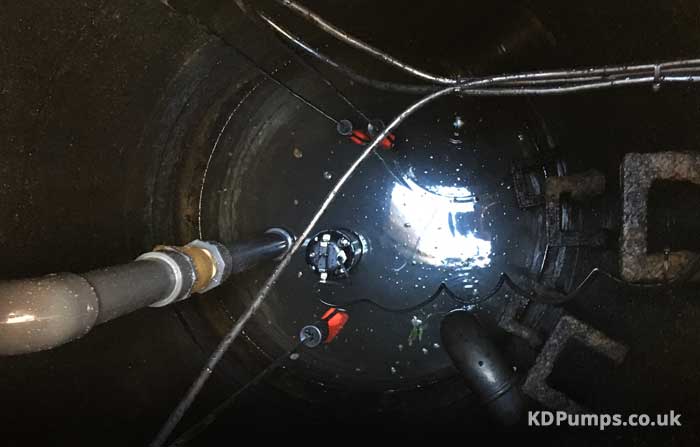
A sewage pump is responsible for transferring sewage liquids and solids to the main sewer system.
This system is made up of a network of pipes, and by means of gravity the waste flows into the main sewer.
In cases where the main sewer is located on higher ground however, the sewage will need to be transported and so pumping stations will be required.
In most residences the sewage pump is installed at the lowest point of the sewage basin.
The sewage is pumped from the sewage basin to the sewer system, or in some cases a septic tank.
How Do Sewage Pumps Work?
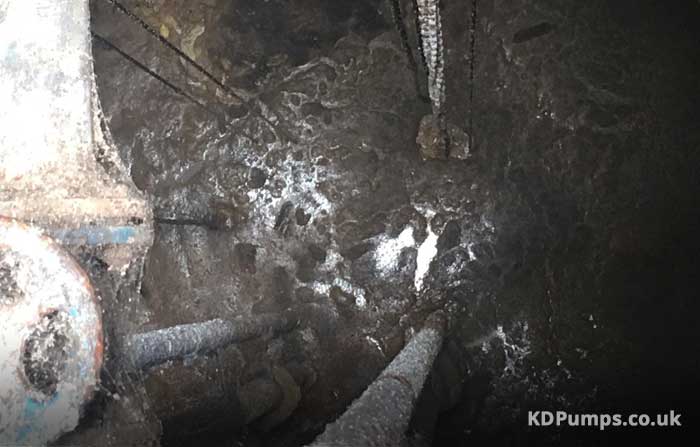
A sewage pumping station is made up of a large tank, generally referred to as the wet well.
This acts as the recipient of the sewage from the house or building, and sometimes for a group of buildings.
Sewage will be transported here, and sit there until it reaches a certain level.
Once this particular level is reached, the pump will start to work.
It pressurises the sewage so that it can move from the wet well to the main sewer.
Types of Sewage Pumps
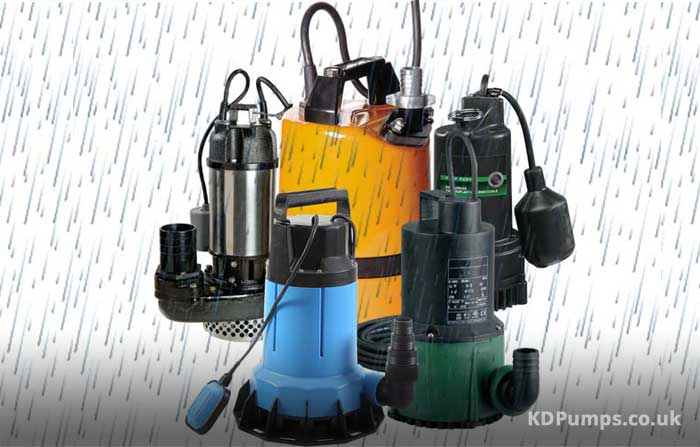
Sewage pumps can be automatic, manual or in some cases dual mode.
The latter allows for the pump to be used as either a manual or automatic pump.
Manual pumps are not as popular these days since in case of a sewage overflow it is better to have an automatic pump.
There are also various types of sewage pumps, including:
Effluent Pumps
These are used in small on-site systems so as to pump effluent that flows out of septic tanks.
Effluent pumps are able to pump more efficiently than other sewage pumps since effluent is basically just clear liquid, so there is no need for them to handle solid sewage waste.
Solid Handling Pumps
Also referred to as sewage ejector pumps, these are able to propel raw sewage, where there are plenty of solids.
Grinder Pumps
These pumps are quite similar to solid handling pumps since they are used to handle raw sewage too.
However they feature rotating blades which are able to grind and cut down solids into small particles before the waste is pumped.
Sewage Pump Advantages
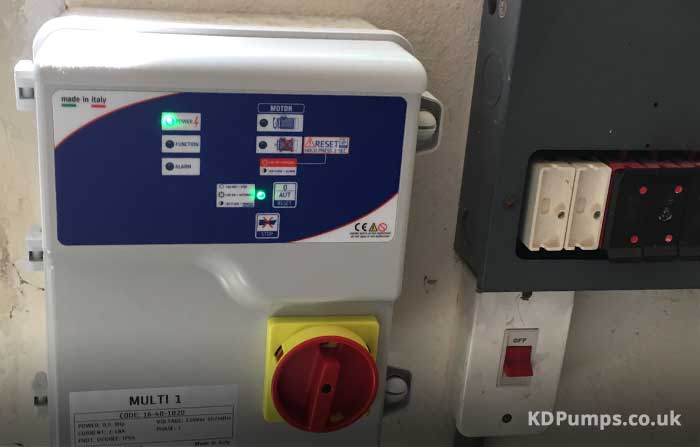
There are various benefits to having a sewage pump system installed.
Avoids Floods
With heavy rains it is quite easy to end up with flood water in your basement or cellar.
This can damage the structures and whatever you have stored, hence it is best to prevent such a situation. A sump pump can help you do this.
Reduce Mold & Mildew
With dampness it is normal to have mold and mildew develop.
These lead to various kinds of damage as well as a foul odour.
There’s also various health problems associated with being constantly exposed to mold and mildew.
A sump pump can prevent mold and mildew from growing, and improve the conditions of your basement.
Reduces Risk of Fire
If water floods indoors, you may end up with appliances getting wet, and possibly resulting in short circuits.
Besides having to replace damaged appliances you might also be risking a fire, which would then lead to even more damages.
Alarm System
There are sewage pump stations that are fitted with alarms.
So should there be any problems with the system you would be alerted, and risks of overflowing sewage can be avoided.
Some pump stations are also fitted with a remote monitoring system.
Sewage Pump Disadvantages
Such systems are susceptible to build-ups of grease and fat, so it is important to carry out regular maintenance so as not to reduce the system’s reliability.
Blockages could occur from time to time despite the fact that such pumps are designed to minimise this risk.
So it is critical to choose a pump that is suitable for your specific needs, and to have it installed properly otherwise it might not operate efficiently.
As the sewage pump does not rely on gravity, it constantly consumes energy to keep it running.
Maintaining & Repairing Sewage Pumps
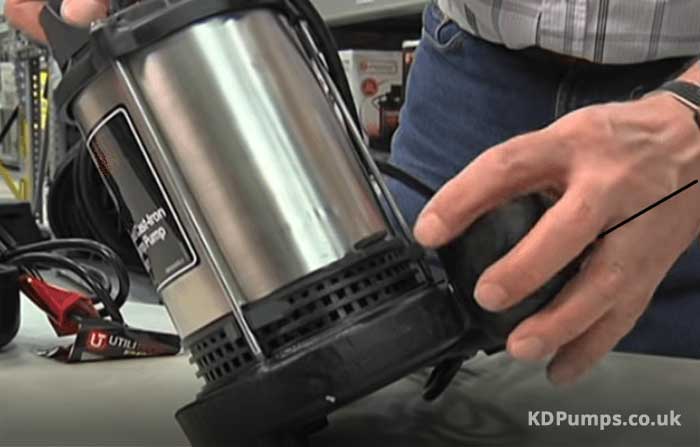
As with anything else, regular maintenance, and occasional pump repairs and replacements are also necessary for sewage pumps.
Here are some tips that should help you keep your sewage pump in good running order.
Install a Circuit Breaker
Install a ground fault circuit breaker either in the pump’s electric panel or at the outlet.
Use the test button to make sure that there is the required ground-fault protection.
Check Drain Lines
Check the drain line that runs from the pump to the part where there is the air gap.
From time to time check to see whether there are any signs of holes or damages.
There could also be some corrosion, or leaks which you will need to address.
Check the Pit
It is important to check the pit to see if there is a lot of debris or silt build up.
This could easily end up clogging the float discharge tube or even the pump impeller.
Debris might also be present in the air gap that is situated between the interior and exterior discharge pipes.
Conclusion
While the advantages of having a sewage pump installed in your home or premises are obvious, it is important to make sure that you choose the best type of pump for the building.
Also, regular maintenance will help to prevent any problems, as well as ensure that the pump operates as efficiently and reliably as possible.
You will also be improving its longevity as you would be able to address any problems before costly repairs might be required.

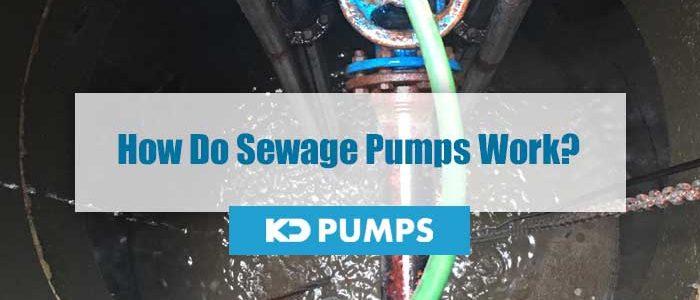
Comments are closed.